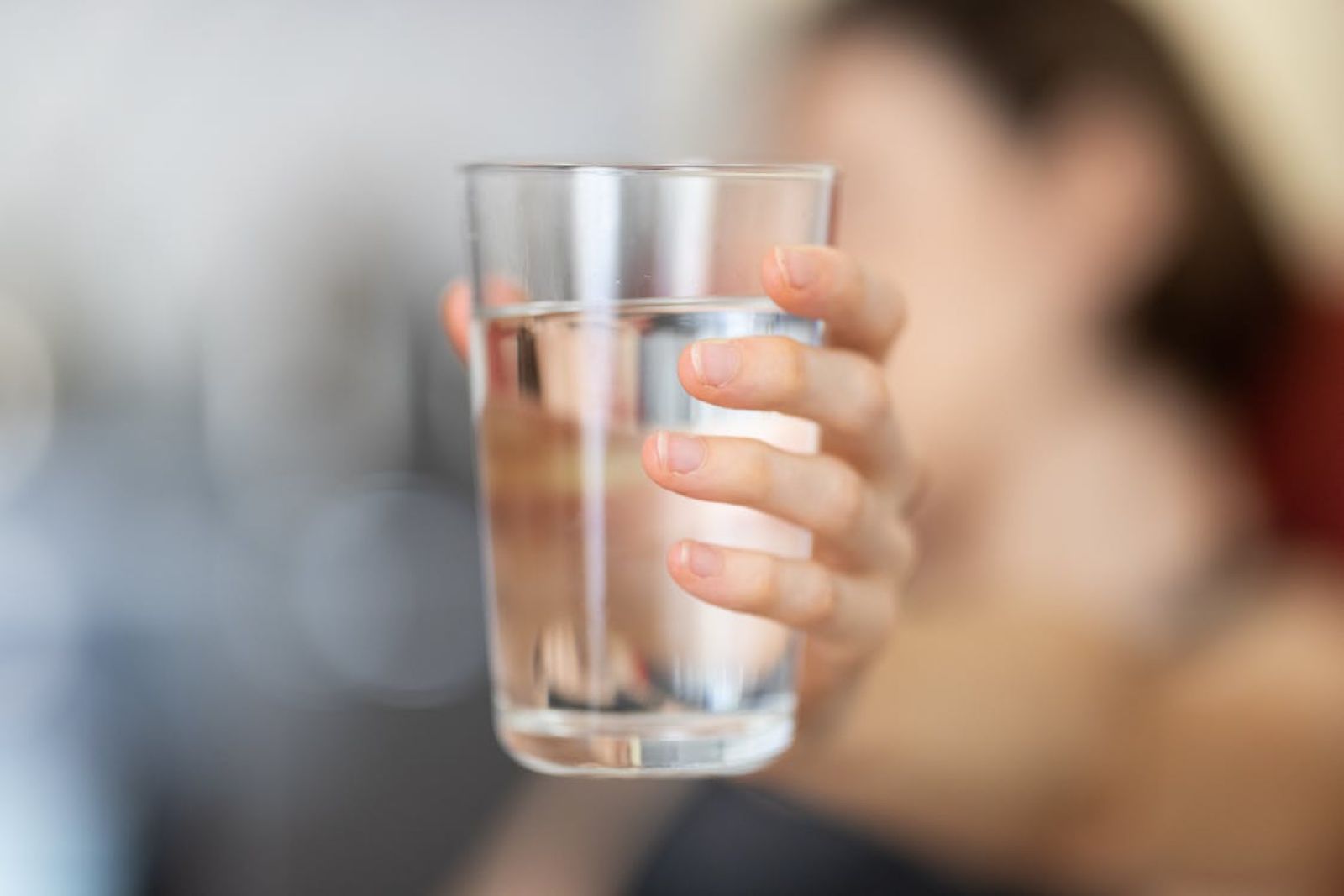Follow us on Google News (click on ☆)

Illustration image Pexels
What is a microplastic?
A microplastic is a tiny piece of plastic, usually less than 5 millimeters (0.2 inches) in size. Some are intentionally created (like in cosmetics), while others come from the breakdown of plastic waste (bottles, bags, clothing...). There's even talk of nanoplastics: they're so small they're invisible to the naked eye.
Microplastics have been detected in river water, seawater, and even in tap or bottled water. They're also found in the air, soil, snow, and even in foods like salt, honey, or fish.
A recent study showed that on average, a person could ingest thousands of microplastics per year — without even realizing it.
Are we consuming them?
Yes, but that doesn't automatically mean it's dangerous. Most particles pass through our digestive system without being absorbed. However, some can become trapped in tissues or release chemicals (like endocrine disruptors) over the long term.
For now, scientists don't know exactly what effect these microplastics have on human health. The WHO believes the risk is still poorly understood but calls for more in-depth research. We know some marine animals are affected, but evidence for humans remains limited.
What can we do?
Reducing our consumption of single-use plastics (bags, bottles, packaging) is the first step. Filtering drinking water with certain systems can also reduce some particles.
And of course, proper recycling and limiting plastic pollution is crucial for everyone.